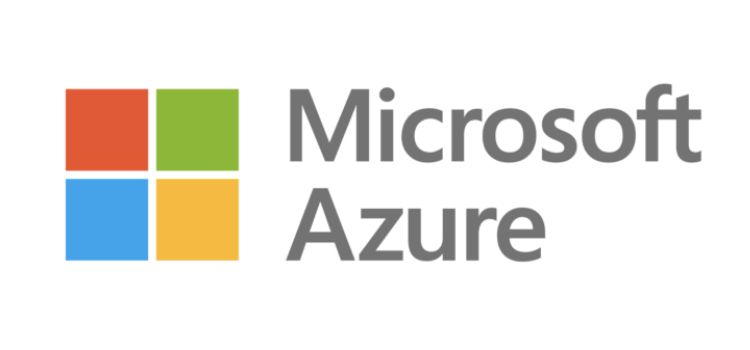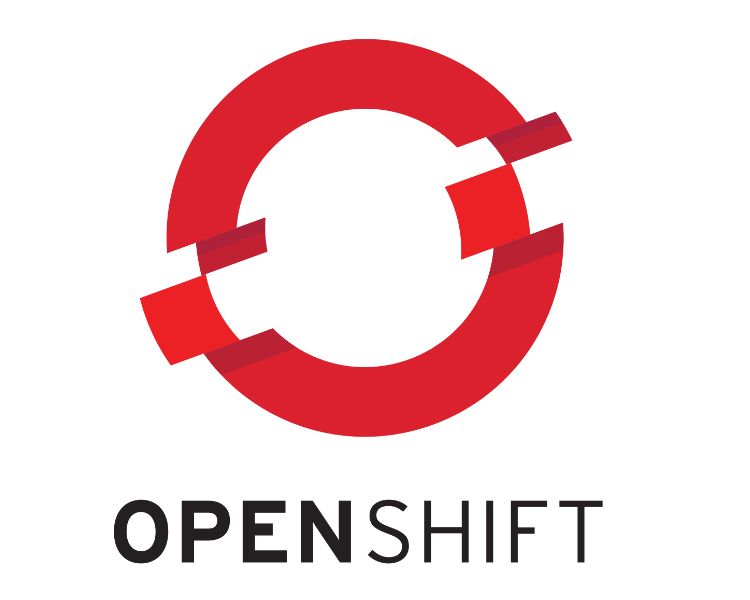If you’re a software developer looking to go solo, you might be excited with all the possibilities current tech has to offer. You no longer have to buy expensive hardware and tools to develop software. Plus, you're not limited to using ancient coding languages on your laptop.
PaaS is like a middle-man, allowing you to develop software the right way without breaking the bank or having to learn how to manage on-site infrastructure. But there’s more you should know about PaaS before committing yourself.
What Is PaaS?
PaaS, or Platform as a Service, is a type of cloud computing that provides you with a platform to run and manage your applications. It's a step above IaaS (Infrastructure as a Service) and just below SaaS (Software as a Service) as you won’t be getting a finished application to use.
By including IaaS, you won’t have to worry about managing the infrastructure your project needs, from servers to storage and networking. In addition to saving you time and effort, using a PaaS also means you don’t need to create and manage a platform from scratch.
More often than not, you can access the platform via the web. All you need is a working device and a reliable internet connection to make the most of it without upgrading your hardware or metal.
Types of Platform as a Service Products
While PaaS is a word people often use on its own, multiple types of PaaS environments offer different features, excelling in specific areas and falling slightly behind in others.
Which type you should invest in depends primarily on the type of work you’ll be doing and what features you prefer.
PaaS Linked to SaaS Product
PaaS linked to a SaaS product works best for developers looking to create software around a preexisting SaaS application.
So, if you already have a SaaS provider, a linked PaaS would allow you to make custom changes to optimize it for your business. It’s also the most suitable for less technically-savvy individuals as it often requires little to no coding skills.
PaaS Built on an Operating Environment
While all PaaS environments require some level of infrastructure, PaaS environments that are tied to a specific operating environment rely heavily on that specific infrastructure.
It's not the most flexible PaaS option as it limits you to using only one specific IaaS. Similarly, it's most suitable for the less technical individual, making the development process much simpler.
Open-Cloud PaaS
Unlike the previous two options, open-cloud PaaS is not tied to an environment or specific software. And while it gives you complete freedom in creating the software you want with near-endless possibilities, the lack of control early on could make some tasks more challenging and present some compatibility issues when it’s time to deploy.
Alternatively, his type works best for an experienced or willing-to-learn-a-lot software developer.
How Is PaaS Used in an Enterprise Setting?
A lot of enterprises, whether they operate in the SaaS industry or not, often use software to better manage and streamline their business operations. Using PaaS allows them to develop and run applications without worrying about building and managing their own infrastructure.
Whether they offer it online as a service or sell it for on-site use, companies in the software industry greatly benefit from PaaS. It gives their software developers a ready-to-use platform to develop and test software and updates before releasing them to the market.
Using PaaS lets companies—especially smaller ones—limit the number of staff they need to hire and allows their developers to focus solely on developing great software without worrying about hardware. That way, the devs are more productive and less stressed.
PaaS for Personal Use
Still, not every cool service under the sun needs to be for businesses. After all, independent software developers and programmers either create their own software or work on a freelance basis with businesses. They also need a platform to use without spending half of their time and budget on infrastructure.
When it comes to PaaS for personal use, a lot of factors differ. While enterprises might have a larger team of devs working around the clock to get more than one project and batch out on time, you probably aren’t under the same type of pressure.
Instead, as a solo dev, price, accessibility, runtime, and additional features might be more crucial to your work. Corporations might hire additional developers to make up for things like downtime, but it’s much more challenging for an individual.
When it comes to choosing which PaaS provider you want to work with, many factors affect your decision. But most importantly, you need to work with providers who accommodate independent contractors and not just corporations with big needs and even bigger budgets.
If you’re lost, here are a couple of PaaS providers to consider:
Azure PaaS
Microsoft’s Azure PaaS, more commonly known as Azure Cloud, is an online platform service for software development and deployment using virtual machines. It's a PaaS service that's linked to a specific environment, making to more beginner-friendly. It supports the complete lifecycle of an app, from early prototyping and building to testing and deploying.
Mainly, Azure Cloud has two components; your application’s files and the configuration file. Together, along with Azure’s infrastructure, work as your software development and testing environment.
Red Hat OpenShift PaaS
Red Hat OpenShift is a more security-focused, open-cloud PaaS option worth looking into as a container application platform with Linux OS as a base. OpenShift allows you to automate parts of your software lifecycle management, supports app portability, and offers the option for tailored operational solutions.
In addition, you can easily connect OpenShift to Red Hat Marketplace for automated software and updates deployment.
Start Small and Find the Right PaaS for Your Purposes
Choosing a PaaS provider for the first time can be challenging. There are multiple types depending on what you have in mind for a final product and your current technical skills. It’s easy to get over-ambitious and bite off more than you can chew.
You should start small. Look at reviews of different PaaS providers in your budget range and the type of services they offer, and don’t hesitate to take advantage of a free trial.





